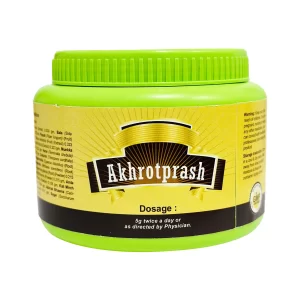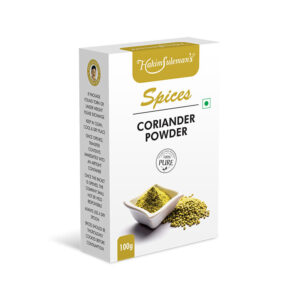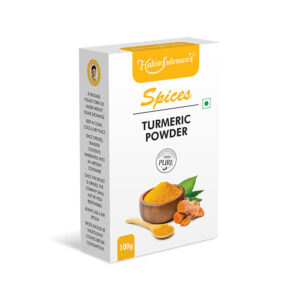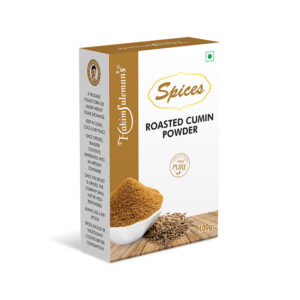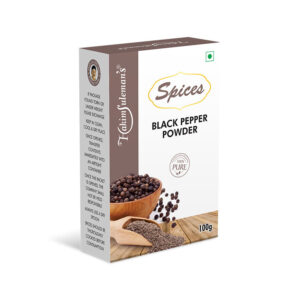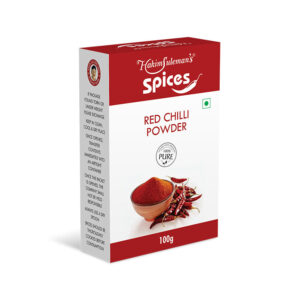Stay Energized by Keeping Normal Hemoglobin Level

- Hemoglobin is the protein substance in the red blood cell.
- Iron deficiency, blood loss, pregnancy are its major causes.
- Fatigue, hair loss, pale skin are different symptoms.
- Preventive measures are taking iron-rich food and avoiding iron-blocking eatables.
- Proper diet, yoga, exercises provide perfect solution to combat this deficiency.
Overview
Are you feeling low in energy? Do you feel dizzy most of the times? Now, let’s get the fact! When did you last check your hemoglobin level? While its level goes down, that might end up making you feel drained out all the time. If you want a fresh start every day; then let us discuss the importance of maintaining the normal hemoglobin level.
In this article, we will take you through below-mentioned topics:
- What is Hemoglobin?
- Facts and Figures related to Low Hemoglobin level
- Factors affecting Hemoglobin Level
- Symptoms of low Hemoglobin level
- Who is at more risk of Low Hemoglobin level
- Complications related to Low Hemoglobin level
- How to maintain hemoglobin level
- How to identify the low level of hemoglobin?
- How to increase hemoglobin level naturally?
- How Unani Can Help
Click above to navigate your topic of interest
What is Hemoglobin?
It is a protein present in the red blood cell. Work of hemoglobin is to carry oxygen to all over the body. Also, it has the capacity to carry carbon dioxide out of the cells and take it to the lungs.
Facts and Figures related to Low Hemoglobin level
As per research, hemoglobin count less than 12 to 16 grams per deciliter in adult women and 14 to 18 grams per deciliter in adult men is found to be a deficit of it. Its count in men after middle age should preferably be 12.4 to 14.9 grams per deciliter and women after middle age is 11.7 to 13.8 grams per deciliter. Wherein, count in children should preferably be 11 to 13 grams per deciliter.
Factors affecting Hemoglobin Level
Do we know that three main circumstances are responsible for the low count?
- Iron deficiency which results in altered bone marrow hemoglobin production
- Blood loss caused by an accident, or wound
- Liver disease causing more red blood cell destruction
Other causes of this disease are:
- Pregnancy
- Urinary Tract Infection
Symptoms of low Hemoglobin
Different signs of low haemoglobin level in our body include:
- Fatigue
- Heart palpitation
- Feeling of unwell
- Shortness of breath
- Hair loss
- Pale skin
- Weak gums
- Headaches
- Frequent bruising
- Muscle weakness
Who is at more risk of Low Hemoglobin?
Some people are more prone to this problem than others.
- People donating blood frequently
- Pregnant women
- People with improper nutrition
- Premature child
- People eating only vegetables, no iron-rich food in their diet
Complications related to Low Hemoglobin
Further complications related to this lower level of hemoglobin include:
- Complications related to pregnancy
- Irregular and faster heartbeat
- Lack of proper growth in infant and toddler
How to maintain the hemoglobin level?
You can prevent iron-deficiency in your body so that you can maintain haemoglobin in your blood.
| Must do | Must Avoid |
|---|---|
| Consume iron-rich food, such as leafy vegetables, beans, lean meat, and chicken. | Do not neglect the cause of blood loss. Consult a doctor if excess blood loss takes place during menstrual periods or sudden occurrence of blood in the stool. |
| Eat foods, which can absorb iron such as orange juice, broccoli, strawberries, and fruits and vegetables with vitamin C. | Avoid taking coffee, tea, beer, wine, aerated drinks as they make our body less absorbent of iron. |
How to identify the low level of hemoglobin?
The complete blood count or CBC is the most recommended test to detect haemoglobin level in our blood. This test gives the perfect count of each component present in our blood:
- white Blood Cell or WBC
- red Blood Cell or RBC
- platelets
- hematocrit
- hemoglobin
Other tests might include microscopic examination of our blood, which include:
- total iron-binding capacity or TIBC
- ferritin levels
- iron level in your blood
- size and color of RBC
How to increase hemoglobin level naturally
In many ways, one can increase its level. Few common ways to increase haemoglobin level include:
Home Remedies
Apart from following below mentioned diet plans, you can try one quick home remedy to resolve this issue:
Nettle Tea
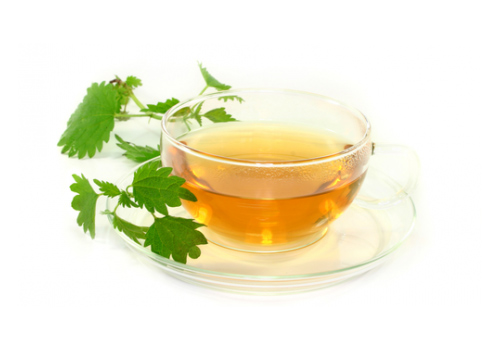
Nettle leaves are the rich source of iron, Vitamin B and C, which help to increase the haemoglobin level in our blood.
- Soak 2-3 tablespoon of dried nettle leaves in a warm water.
- Steep these leaves in water for at least 10 minutes.
- Strain the liquid and add honey to it.
- Drink this liquid at least twice daily to get a better result.
Dietary tips
- Consumption of iron supplements
- Transfusing red blood cells
Incorporating iron-rich foods into your daily diet. Foods with more iron include:
- eggs
- seafood
- lean meats
- spinach
- beans
- artichokes
Incorporating cofactors in food in your daily diet. These foods include:
- vitamin B6
- vitamin B12
- vitamin C
- folic acid
Folate-rich foods include:
- spinach
- beef
- rice
- black-eyed peas
- peanuts
- avocadoes
- kidney beans
- lettuce
Vitamin C rich foods include
- strawberries
- citrus fruits
- leafy green vegetables
Vitamin B12 rich foods include
- eggs
- poultry meat
- dairy products
Vitamin B6 foods include
- eggs
- fish
- pork
- chicken
- turkey
- bread
- vegetables
- soya beans
- wholegrain cereals such as oatmeal, brown rice, and wheat germ
Few vegetables in raw or cooked form can be taken to get rid of this problem.
Broccoli

Being a part of cruciferous vegetables, it is found to be a rich source of iron. Besides iron, it also contains Vitamin A & C, and magnesium.
Potato

It is rich in Vitamin C and Iron; thus, it is good for increasing the count of red blood cells.
Beetroot

Rich in folate, beetroot is found to combat this problem without any delay.
Lifestyle tips
With a little bit of changes in your lifestyle, you can fulfill hemoglobin deficiency:
1. Consult your doctor if you’re being prescribed with a calcium supplement. Because calcium makes our body non-receptive of iron.
2. Make your food habit healthy. In your balanced diet, you should incorporate iron and vitamins so that your body can combat this problem.
Suggested Exercise/ Yoga
There are many easy and regular exercises, which can improve your hemoglobin level:
- Swimming
- Dancing
- Biking
- Walking
- Jogging
- Aerobic
Certain breathing exercises are also there to help you get rid of this problem:
- Shitali Pranayama
- Nadi Shodhan Pranayama
- Kapalbhati Pranayama
Few yoga poses will help you fight against this problem:
- Shoulder Stand or Sarvangasana
- Half Shoulder Stand or Viparitakarani
- Raised Foot Pose or Uttanpadasana
How Unani Can Help
Now, you have enough information about how to improve hemoglobin in your body. And, you should not forget to take these natural sources to get rid of this problem. But sometimes, only diet is not enough to fight against this problem. And, it might take a good amount of time to heal you. To accelerate the healing process, you can always try Hakeem Suleman Khan’s Majoon Akhrot Prash. This product ensures a speedy recovery from this problem by increasing the count.

